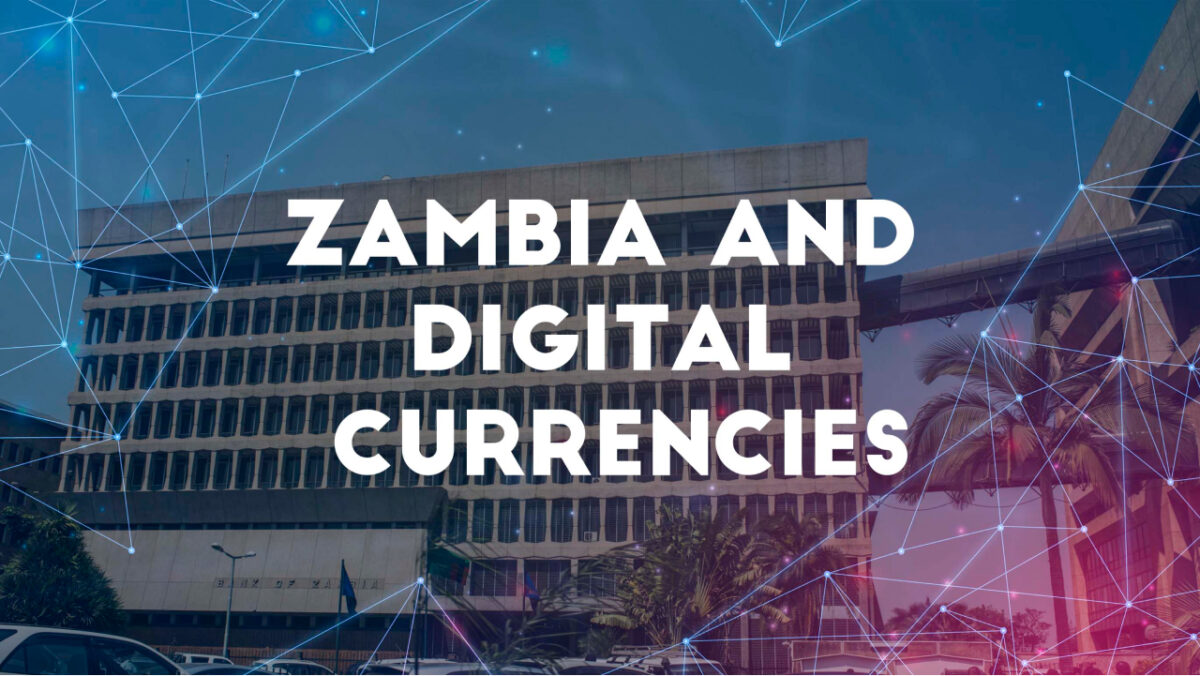By the fourth quarter of 2022, Zambia’s central bank intends to have completed research on developing a digital currency that might reduce transaction costs and increase participation in the formal financial system.
“The results of the research will form part of the input in the policy considerations on whether to introduce a central bank digital currency in Zambia,” Nkatya Kabwe, acting assistant director of communications at the Central Bank.
CBDCs, also known as GovCoins, are a type of national currency because they are connected to fiat currency, unlike their crypto cousins Bitcoin and Ethereum. The central bank of Zambia stated earlier this month that cryptocurrency is not legal cash in the country, and that “those who want to deal in them should have a thorough grasp of all the risks that come with such payment and investment instruments.”
The Bank of Zambia is looking at GovCoins because they have the potential to increase financial inclusion, improve payment system traceability, safety, and efficiency, according to Kabwe.
Bank of America Corp. analysts have cautioned that central banks who do not issue their own digital money risk losing monetary authority and seeing demand for their currencies fall if citizens use the digital currency of another country.
Zambia joins a growing number of countries, including Israel, Ghana, the Bahamas, Nigeria, China, and the United States, that are considering or have already issued a digital version of their currency to keep up with technological advancements that have fueled the rise of Bitcoin and other private initiatives.
